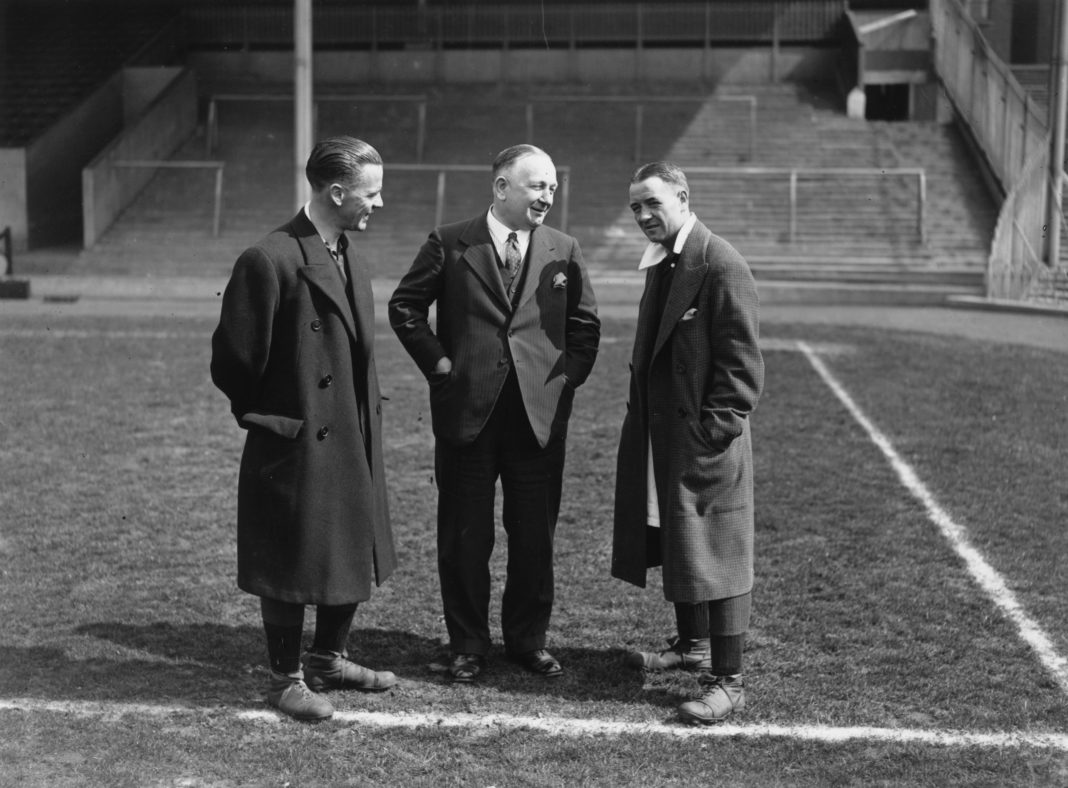Discover how top managers like Arteta embrace Herbert Chapman’s W-M formation, highlighting its lasting influence on modern football tactics.
- Top managers such as Mikel Arteta, Pep Guardiola, Xavi, and Jürgen Klopp are embracing Herbert Chapman’s W-M formation in modern football.
- The W-M formation allows for better control of space and possession by creating a box midfield, providing a numerical advantage over opponents.
- The resurgence of Chapman’s tactics demonstrates his lasting impact on football, with specific player profiles required to execute the formation effectively.

Herbert Chapman, a pioneer of English football in the early 20th century, revolutionised the game with his innovative tactics and formation.
Now, his famed ‘W-M’ formation, developed during his time at Arsenal in the 1920s, is making a resurgence in modern football, with top managers such as Mikel Arteta, Pep Guardiola, Xavi, and Jürgen Klopp adopting this tactic to control space and possession.
Chapman’s W-M formation, which splits the team into two sets of five players, has been utilised by Manchester City, Arsenal, Barcelona, and Liverpool in recent times. While each team begins with a 4-3-3 shape, they morph into the 3-2-2-3 formation when in possession, reminiscent of Chapman’s approach, something highlighted by Sam Maguire in the link above.
As an example, Arsenal’s Mikel Arteta deploys the W-M formation with players such as Oleksandr Zinchenko and Thomas Partey controlling the midfield, while Bukayo Saka and Gabriel Martinelli hold the width.
Meanwhile, Liverpool’s Jürgen Klopp has adopted a similar tactic, with Trent Alexander-Arnold pushing into midfield and a back three comprising Andrew Robertson, Virgil Van Dijk, and Ibrahima Konate.

The W-M formation allows teams to create a box midfield, providing a numerical advantage over opponents who use a three-player midfield. This advantage facilitates better retention of possession and smoother progression of play.
Moreover, the tactic enables the generation of space in every phase of the game, offering more attacking options for teams.
It’s important to note that Herbert Chapman was not only a visionary for his formation but also for other innovations he introduced at Arsenal. Chapman was instrumental in the development of floodlights, which allowed for evening games, and he played a significant role in the creation of the offside trap.
Additionally, he was an advocate for better training facilities, player diets, and the use of physiotherapists, which contributed to the professionalisation of football.

Modern managers embracing Chapman’s tactics are aware of the need for specific player profiles to execute the W-M formation effectively.
Wide players require winger-like traits, such as comfort on the touchline and ball-carrying skills, while midfielders need to be versatile, shifting between in-possession and out-of-possession shapes. Full-backs, on the other hand, need to have the ability to act as a third centre-back.
The resurgence of Herbert Chapman’s W-M formation in today’s top-flight football demonstrates the lasting impact of his innovative approach on the sport.
Current managers like Mikel Arteta, Pep Guardiola, Xavi, and Jürgen Klopp are adopting and adapting Chapman’s ideas, resulting in improved control of space and possession in modern football.
As the game continues to evolve, it is clear that Chapman’s influence will remain relevant for generations to come.
Herbert Chapman’s enduring legacy at Arsenal

Herbert Chapman, a revolutionary figure in the world of football, made a lasting impact on Arsenal during his tenure as the club’s manager from 1925 until his untimely death in 1934.
As the architect of Arsenal’s first golden age, Chapman’s innovative tactics and forward-thinking approach continue to influence modern football and it is a crime against football that his name is rarely mentioned alongside other greats like Sir Matt Busby and Bill Shankly.
Chapman’s appointment at Highbury marked a turning point for Arsenal. Prior to his arrival, the club had never won any significant honours, but under his guidance, the Gunners became a force to be reckoned with.
His tenure saw the team secure two First Division titles (1930-31 and 1932-33) and an FA Cup (1930) – achievements that not only brought glory to the club but also set the foundation for future success.
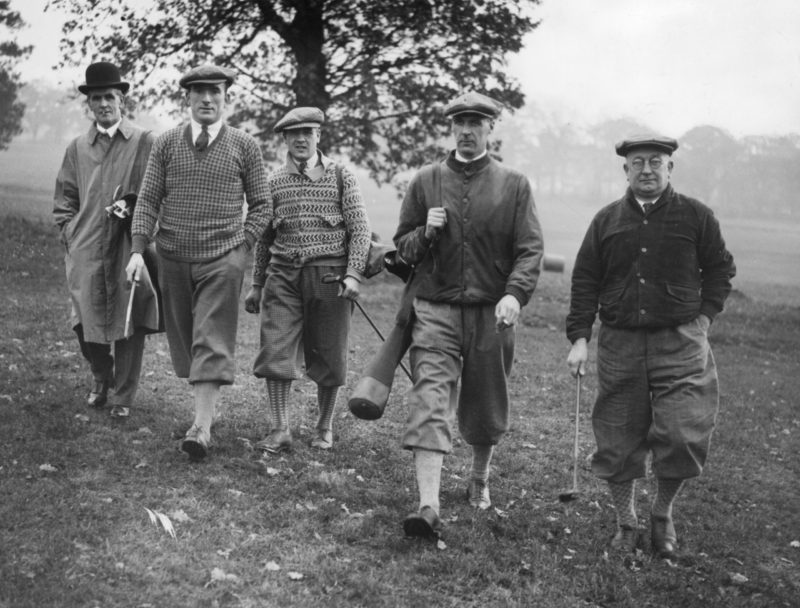
One of Chapman’s most significant contributions to the game was his tactical innovation. He devised the W-M formation, which was designed to counter the dominant 2-3-5 formation of the time.
The W-M formation involved withdrawing two of the forward players to create a five-man midfield, resulting in a 3-2-2-3 shape. This allowed for better control of space, improved possession, and more effective counter-attacks.
Chapman was also known for his attention to detail, and he placed a strong emphasis on physical fitness and conditioning.

He was among the first managers to recognise the importance of sports science in football and introduced innovative training methods to ensure his players were in peak physical condition.
His progressive approach to player fitness undoubtedly contributed to the success Arsenal enjoyed during his tenure.
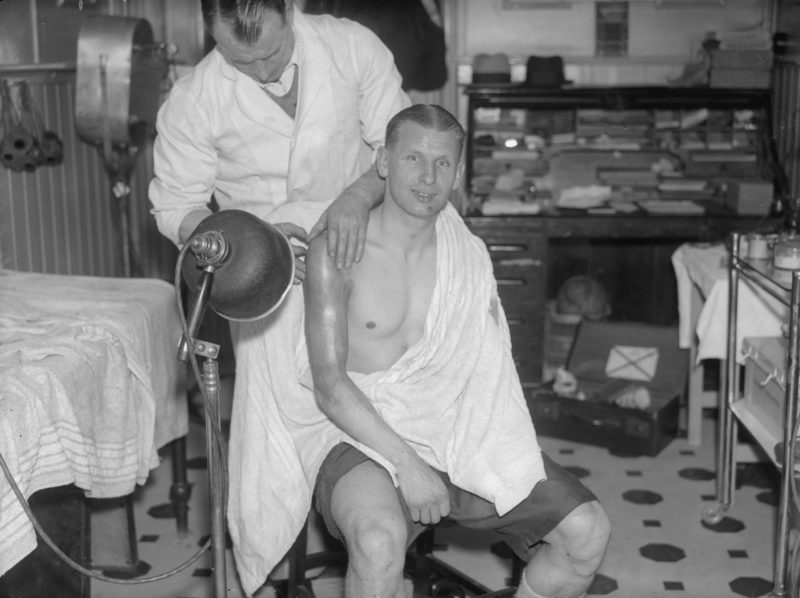
Another hallmark of Chapman’s management style was his ability to identify and nurture young talent.
He had a keen eye for scouting promising players and played a significant role in developing stars like Cliff Bastin, Alex James, and David Jack.
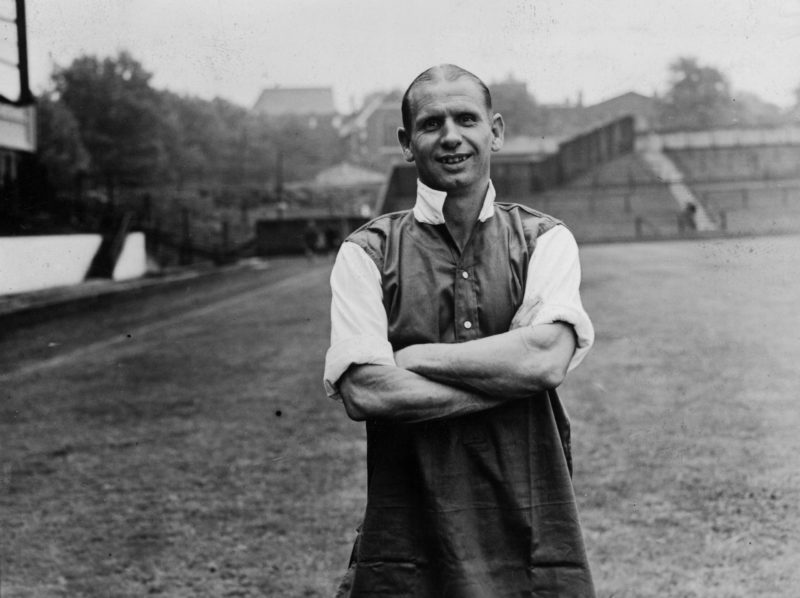
Chapman’s commitment to youth development laid the groundwork for Arsenal’s future success and remains an essential aspect of the club’s philosophy today.
Off the pitch, Chapman was instrumental in modernising the club’s infrastructure. He oversaw the construction of the famous Art Deco East Stand at Highbury, which became an iconic symbol of the club.
Chapman also had a hand in designing Arsenal’s iconic crest, which still features the iconic cannon today.

Chapman’s tenure as Arsenal manager was tragically cut short when he succumbed to pneumonia in 1934.
Despite his untimely death, his influence on the club and the game of football has endured.
As the father of modern football, Herbert Chapman’s legacy at Arsenal is one of innovation, success, and an unwavering commitment to excellence – a legacy that continues to inspire generations of players, managers, and fans alike.
Herbert Chapman’s death
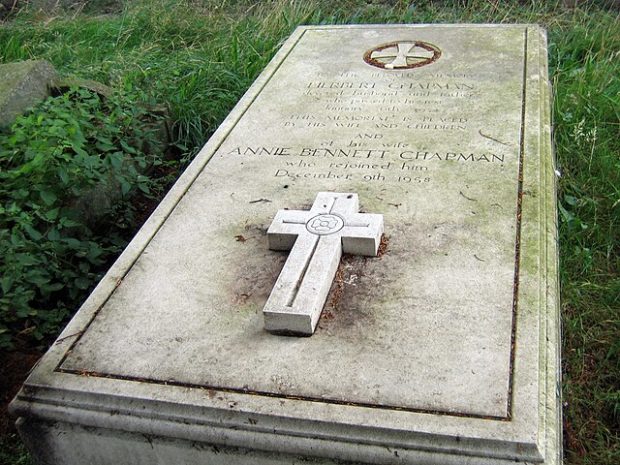
Chapman’s death was sudden and unexpected, as he fell ill with pneumonia and succumbed to the illness at the age of 55.
At the time of his passing, Chapman was still serving as the manager of Arsenal, having led the club to numerous titles and successes.
His untimely death was a shock to the football world, and it marked the end of an era for Arsenal.

